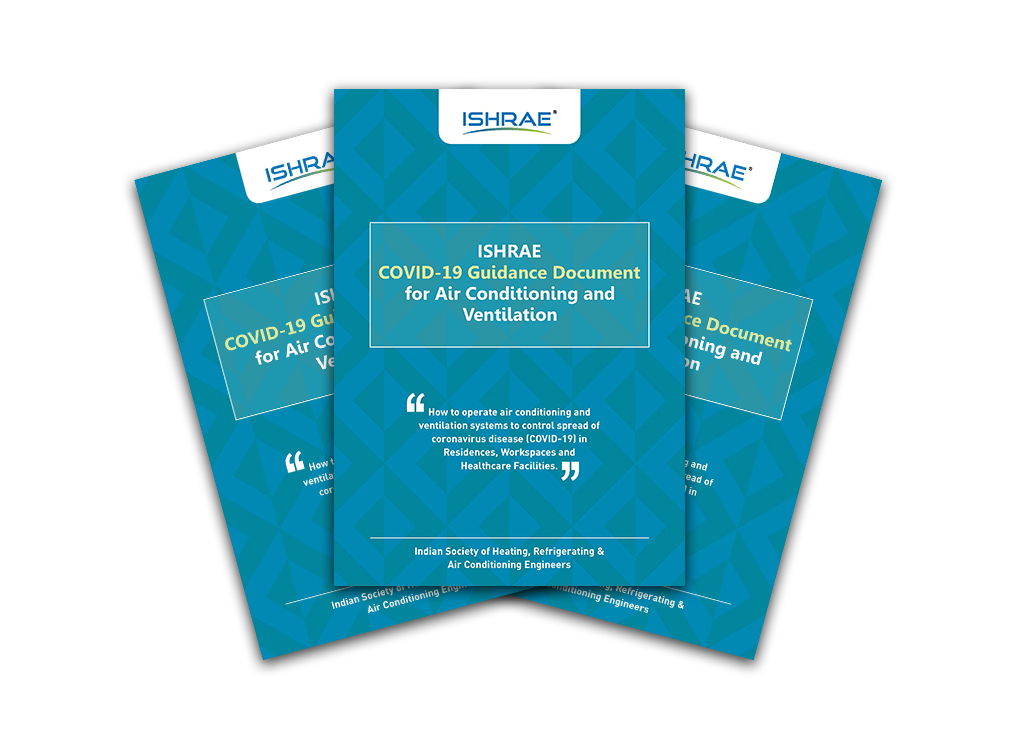It may have emerged originally in Wuhan, China, but the COVID-19 coronavirus has touched upon everyone almost everywhere, including in India. With the potential for casualties in the densely populated nation immense, and confusing abounding, the Indian Society of Heating, Refrigerating and Air Conditioning Engineers has released the ISHRAE COVID-19 Guidance Document.
“India, with the rest of the world is facing the adverse effects of COVID-19,” says Vishal Kapur, Chair – COVID 19 Task Force and ISHRAE Technical Committee.
“Concerns have been raised about the likelihood of the spread of the disease through (the) operation of air conditioning and ventilation systems. The questions being asked are whether the spread can be accelerated or controlled by HVAC systems, depending on how the system is designed and operated.”
The Guidance Document attempts to answer some of these questions, and to quell the confusion erupting in India and elsewhere.
To compile its Guidance Document, ISHRAE established a COVID-19 Task Force.
“This Guidance Document has been prepared after a detailed study and analysis of information and literature available to date,” says Kapur, adding that a range of applications have been covered, including residential, commercial, industrial and healthcare.
The Guidance Document covers the environmental effects both on COVID-19 and caused by it. It also covers basic operation and maintenance guidelines of HVAC equipment during the pandemic.
“In preparing this document, the COVID-19 Task Force has extracted, examined, analysed and compiled information pertaining to the climatic regions of the Indian sub-continent,” Kapur says. “The team referred to publications in peer-reviewed journals and reports from other relevant organisations around the world in arriving at this conclusive guideline.”
To download the document, click here.
 Matt Dillon
Matt Dillon


Leave a Reply